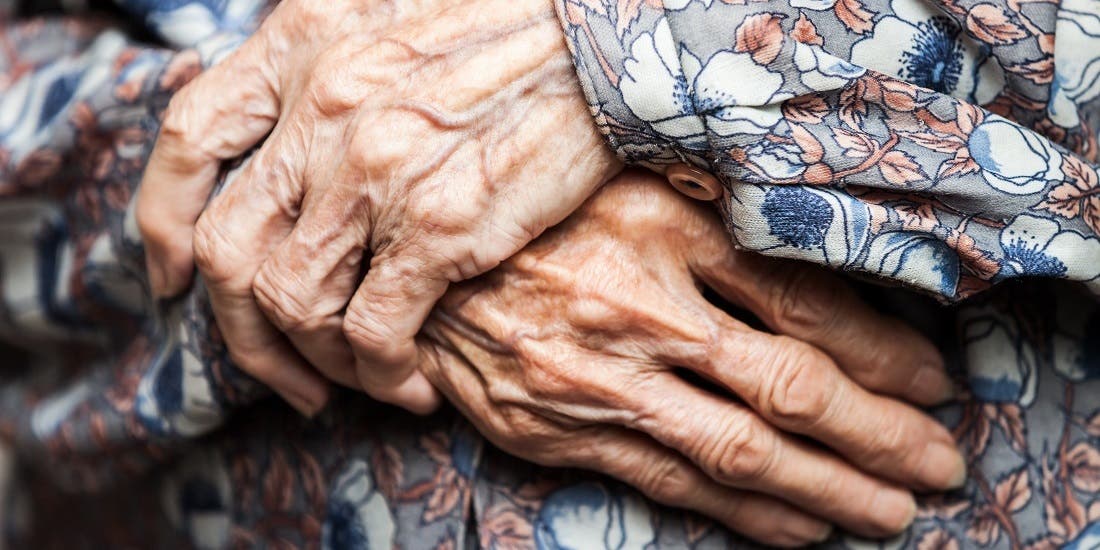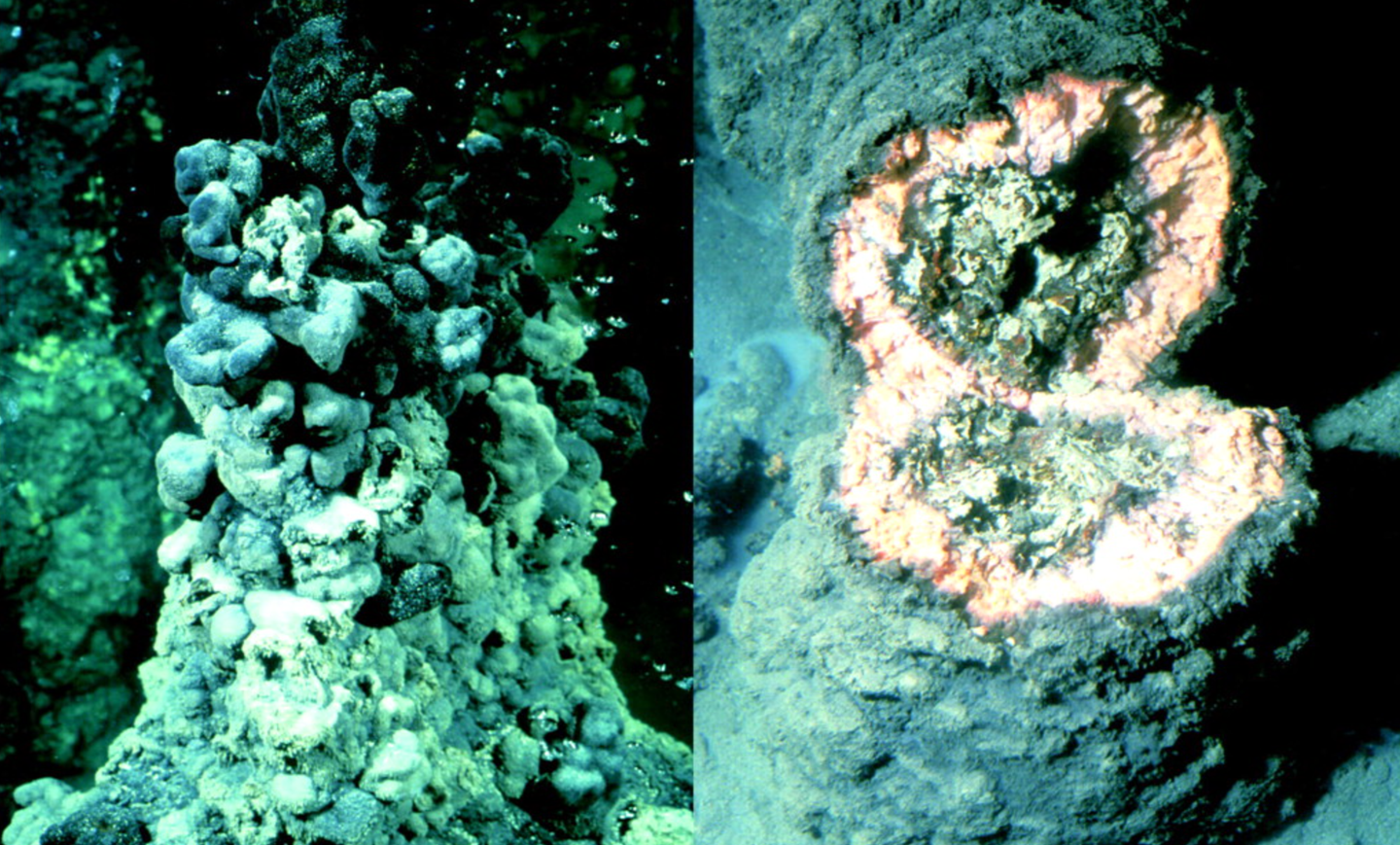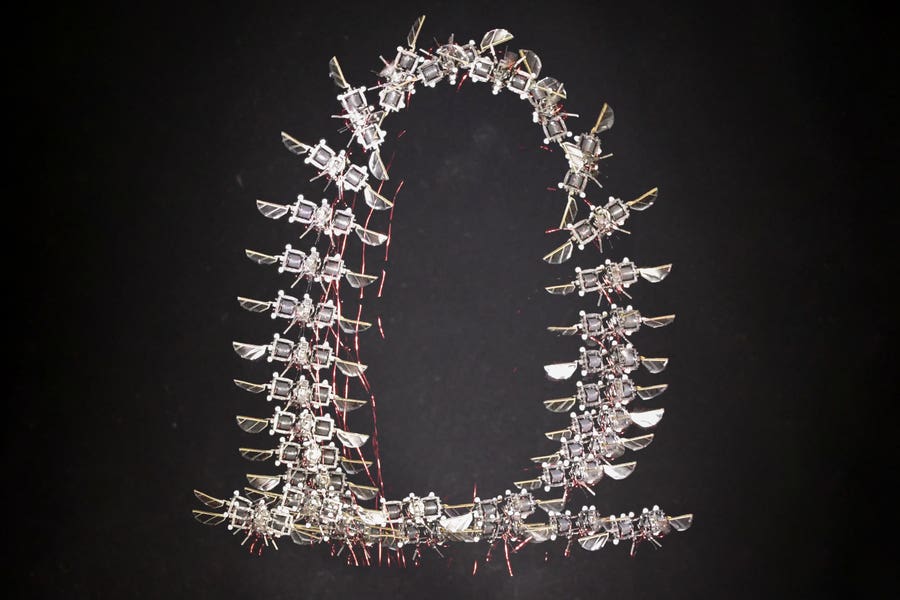Breakthrough discovery suppresses muscle loss caused by cancer
A new study published in Molecular Therapy has found a potential solution using a gene therapy strategy for reversing cancer cachexia.

[Apr. 27, 2023: Staff Writer, The Brighter Side of News]
Cancer-associated skeletal muscle weakening or loss, also called “cancer cachexia”, is a prevalent and serious condition responsible for 20-30% of the deaths. (CREDIT: Creative Commons)
Cancer is a complex systemic disease that can result in debilitating effects on the human body. Cancer-associated skeletal muscle weakening or loss, also called “cancer cachexia”, is a prevalent and serious condition responsible for 20-30% of the deaths in affected cancer patients.
Current treatments for cancer cachexia have limitations in efficacy levels and significant side effects. However, a new study published in Molecular Therapy has found a potential solution using a gene therapy strategy for reversing cancer cachexia.
The study was led by researchers at the Institute for Digital Medicine (WisDM) and the Department of Pharmacology, Yong Loo Lin School of Medicine, National University of Singapore (NUS Medicine), in collaboration with the Chinese Academy of Sciences (CAS) and City University of Hong Kong (CityU).
The team examined a new gene therapy strategy for reversing cancer cachexia, using nano-sized particles released by red blood cells, termed “red blood cell-derived extracellular vesicles” (RBCEVs), to package and transport RNA-based drug molecules to muscle cells in the body.
Related Stories
The study found that drug-loaded RBCEVs inhibited target genes that could increase muscle growth and suppress cancer cachexia. Compared to the delivery of a single RNA drug, muscle growth was observed to be further enhanced when two RNA drugs targeting two different genes implicated in cancer cachexia were loaded into the same RBCEVs. Importantly, repeated administrations with RBCEVs did not induce toxicity or inflammatory reactions, which is a prerequisite for clinical trials on humans.
“There is a lot of potential in using RNA-based drugs for conditions that are difficult to treat, but the delivery has always been tricky. From our previous and current studies, we have found that the RBCEV delivery platform can help to overcome some of the long-standing technical challenges in the field,” said Assistant Professor Minh Le from WisDM and the Department of Pharmacology at NUS Medicine, who led the study.
Professor Ng Shyh-Chang, Principal Investigator for the State Key Laboratory of Stem Cell and Reproductive Biology at the CAS Institute of Zoology, who co-directed the study, added, “Building on previous target discovery work, this is one of the first studies to leverage RNA therapies to treat cancer cachexia. This could lead to the use EV-based gene therapies to address unmet needs in cachexia and sarcopenia.”
Muscle fibres taking up RBCEVs. (CREDIT: Boya Peng, NUS Yong Loo Lin School of Medicine)
Cancer cachexia is a condition that affects up to 80% of patients with advanced cancer, and is associated with significant morbidity and mortality. Patients with cancer cachexia experience weight loss, muscle wasting, fatigue, weakness, and decreased quality of life. Current treatments for cancer cachexia are limited in their efficacy and often have significant side effects, leading to a lack of effective treatment options for patients.
The RBCEV delivery platform offers a promising solution to this problem, as it can effectively deliver RNA-based drugs to muscle cells without causing toxicity or inflammation. RNA-based drugs have shown great promise in treating a variety of conditions, including cancer and genetic diseases, but the delivery of these drugs has been a major challenge in the field.
Cancer cachexia is a multifactorial syndrome characterized by a significant loss of skeletal muscle, which negatively affects the quality of life. (CREDIT: Molecular Therapy)
The RBCEV platform has been shown to be a safe and effective delivery method for RNA-based drugs, and the results of this study suggest that it could be used to develop new treatments for cancer cachexia and other muscle degenerative conditions. The team has plans for further collaborations to test the use of RBCEV-delivered therapeutics against other targets in the muscles. At the same time, they have been working on applying RBCEVs to the treatment of different cancers, cardiovascular diseases, and COVID-19.
Accumulating data from their studies, the RBCEV has shown to be a robust, safe and versatile platform. As the collective understanding of RBCEV biology and related technologies continue to mature, the RBCEV platform is well-positioned for clinical translation to provide safer and more efficacious treatment options for muscle degenerative conditions as well as other challenging diseases.
Symptoms
Recent research suggests that cachexia often begins even before any weight loss occurs, so early on there may not be any symptoms. When symptoms occur, they include:
Involuntary (Unintentional) Weight Loss: Weight loss with cachexia is involuntary, meaning that it occurs without trying. Yet it goes further than unexplained weight loss. Weight loss may occur even though you are getting an adequate amount of calories in your diet, and if calorie intake outweighs output of energy. Unintentional weight loss is defined as the loss of 5% of body weight over a 6 month to 12 month period, but even smaller amounts of weight loss could be of concern.
Skeletal Muscle Wasting: Muscle wasting is a hallmark of cachexia and occurs along with a loss of fat. It can also be fairly insidious. In people who are overweight at the time of their diagnosis, significant loss of muscle mass can occur without an obvious outward appearance of weight loss.
Anorexia/Loss of Appetite: Loss of appetite is another symptom of cachexia, and again, this symptom is somewhat different than ordinary "loss of appetite" symptoms. With cachexia, it is not simply a decreased desire for food, but more of a loss of a desire to eat.
Lowered Quality of Life: Muscle wasting can diminish your ability to walk and participate in activities that would ordinarily be enjoyable.
Causes and Risk Factors
Cachexia may be caused by "tumor factors," substances manufactured and secreted by a tumor, or by the "host response." Host response simply means the body's response to a tumor. The response of the immune system to cancer and other causes of cachexia are being studied to try and understand the underlying factors behind cachexia.
Cachexia is dominated by catabolic metabolism. If you think of normal metabolism being the building of tissue and muscle (anabolic metabolism), the opposite is true with cachexia, which is the breakdown of normal bodily processes.
Cachexia is seen frequently with cancer but is also seen with diseases such as AIDS/HIV, heart failure, emphysema, and kidney failure. With regard to cancer, it is seen most frequently with lung cancer, pancreatic cancer, and stomach cancer, but may be seen with any type of advanced cancer.
Diagnosis
Even though the symptoms and signs of cachexia are usually noticed late in the course of cancer, we're learning that the process leading to muscle wasting begins very early on after a diagnosis of cancer. As such, cachexia is often present before any weight loss occurs.
There are several ways that cachexia can be evaluated. Some of these measures include:
Body mass index (BMI): Body mass index describes not only relative body weight but can give more information about a healthy weight. BMI is calculated using a formula of height and weight. Since BMI does not identify the proportions of muscle mass and fat, however, it is cannot be used alone to evaluate cachexia.
Lean muscle mass: Measuring body composition can help determine the ratio of lean muscle mass to body fat. Tests used to do this may include skin folds and bioimpedance.
Food intake diaries: Keeping a food diary is an important activity when looking to prevent or cope with cachexia. At the same time, it's important to keep in mind that the malnutrition of cachexia can occur even with an adequate intake of calories.
Blood tests: Some lab tests that are useful in evaluating cachexia include white blood cell counts (WBC), serum albumin, transferrin levels, uric acid, and inflammatory markers, such as C-reactive protein (CRP).
There are a number of screening tools that look at combination of the above in order to identify cachexia, such as the Malnutrition Universal Screening Tool (MUST), though there is not yet a single screening tool that is effective in detecting cachexia in every case. Dividing cachexia into stages or grades can give healthcare providers a better of the natural history of cachexia, but of greatest concern is that cachexia is diagnosed as early as possible.
Despite the number of tools available, following a person over time and checking serial body weights can give a better idea of changes.
Note: Materials provided above by The Brighter Side of News. Content may be edited for style and length.
Like these kind of feel good stories? Get the Brighter Side of News' newsletter.



